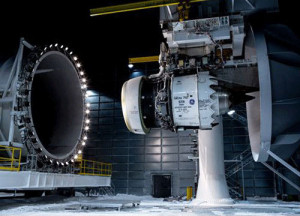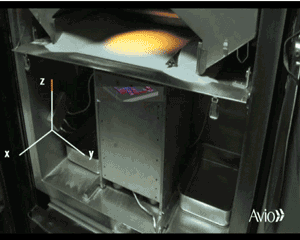There is an axiom, or mantra if you will, that holds true for detectives and trends in industry: follow the money. While GE continues its massive funding of additive manufacturing, engineers at the Italian aerospace company Avio developed 3D printed light-weight blades for jet engine turbines. The blades, of which eight were produced in 72 hours, apply to the GEnx jet engine. Avio utilized Arcam’s EBM 3D printing process, which involves an electron blast to bolster product strength. The result justifies the lavish funding and hints at the next wave in this swelling sea of additive manufacturing.

The process was utilized to meet the demand for a transformation in production intended to cut cost yet improve the quality of manufacturing. Avio did not act alone, and they teamed with Sweden’s Arcam due to their EBM technology. Titanium aluminide (TiAl) is not an easy material or cheap material to manufacture, and traditional methods for production have proved costly and time consuming. In what continues to be a trend with 3DP technology and R&D across industries, additive manufacturing creates a new avenue toward production instead of tinkering with traditional methods in order to squeeze what little efficiency might be left in them. Because the EBM method allows workers to preheat the powder, it is easier to control the part’s properties thereby increasing its durability which was often left fragile with excessive parts and manipulation in traditional modes.



